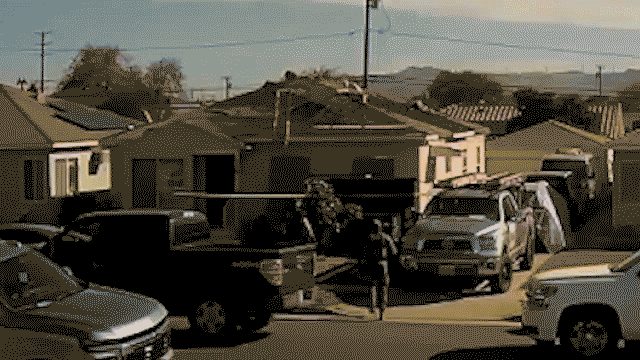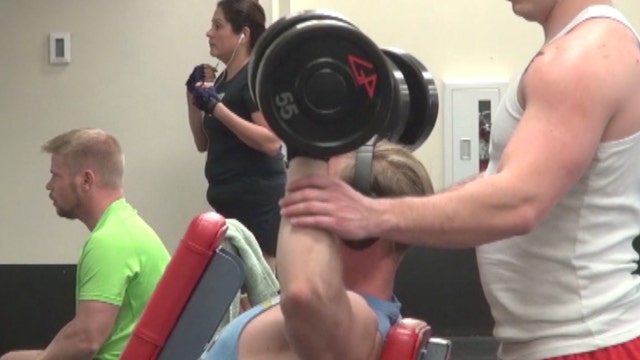Amid pilot shortage, fighter pilots train at Holloman AFB
Rigorous training prepares fighter pilots for battle at Holloman Air Force Base, as Air Force seeks to fill fighter pilot shortage
The U.S. Air Force is facing a shortage of pilots -- but as Fox News learned firsthand, the training program can be both grueling and rewarding.
NAVY CARRIER DEPLOYS TO SOUTH CHINA SEA FOR FIRST TIME IN TRUMP PRESIDENCY
The Air Force was short 750 fighter pilots at the end of the fiscal year 2016, according to a report from Nellis Air Force Base in Nevada. The year before, the Air Force was down 511 pilots.
The Air Force Deputy Chief of Staff admitted the shortage was serious at the annual Weapons and Tactics Conference held at Nellis Air Force Base in mid-January.
MILITARY MEDALS STOLEN FROM CALIF. VETERAN ARE FOUND; 3 ARRESTED
"The health of the fighter pilot community is bad," said Lt. Gen. Chris Nowland. "We focus on fighter pilots, but it's not just [them]. We have a national pilot crisis. Essentially the Air Force, when it comes to pilot production, is going to have to change."
The Air Force believes much of the problem comes from commercial airlines that have been hiring at increased rates and can offer bigger paychecks.
According to Col. Jason Cockrum, the Air Force is taking a threefold approach to cut the deficit. It includes reducing the number of fighter pilot requirements, boosting retention and increasing the number of new pilots.
But becoming an Air Force fighter pilot is extremely difficult, as Fox News found out at a recent visit to Holloman Air Force Base in New Mexico where F-16 pilots are trained.
During Fox News' visit, pilots were practicing nighttime operations.
It can take a trainee eight to nine months to become a fighter pilot, according to Instructor Pilot Captain Jonathan Martel.
Trainee pilots are paired with an instructor pilot, as well as a physiologist to help them stay physically prepared for long trips both day and night, and the G forces they'll withstand while flying.
Instructor pilots use a building-block approach to teaching, starting from the basics of taking off, flying and landing to air-to-air, air-to-ground, daytime and nighttime operations.
Pilots work out four to five times a week, running and lifting weights. They also keep to a healthy diet and focus on getting enough water.
"The science is pretty close to what your mom told you when you're a kiddo, eat your fruits and vegetables and get several glasses of water throughout the day. So it's nothing cosmic that we're doing, nothing that hasn't been hashed out before. It's just reminding folks that the basics are the basics are the basics; and they're effective for a reason," said physiologist Major Zach Garrett.
The missions can run as many as 12 hours but often last just an hour or two. Flying at night is especially difficult because the visual cues they're trained to use are gone and their vision is reduced to a pair of night vision goggles.
"Mostly it's really quiet," said First Lt. Claire Bieber, a student pilot. "And once you get to a point where you're starting to get comfortable with how the jet works and how you can move it, it actually is a really relaxing time. Other than being worried about the mission at night."
Pilots stick to rest mandates. They also use special glasses, fans and white noise generators to make sure when they sleep during the day in preparation for a night mission, their quality of sleep is just as good as sleeping at night.
But even after all this preparation, even the most experienced pilots can still get nerves.
"I think it's natural that anyone who flies a fighter or any aircraft will have some kind of adrenaline rush based upon the mission that's going on," said Martel.










































